- Established 1982 -HOME: www.hiltonpond.org
THIS WEEK at HILTON POND Subscribe for free to our award-winning nature newsletter (Back to Preceding Week; on to Next Week) |
All text, maps, charts & photos © Hilton Pond Center BIRD LISTER'S DILEMMA: Birding. Is it a sport? Does it have rules? Highly regarded Sports Illustrated magazine has featured birdwatching many times though the years--even devoting its cover to the topic 'way back in May 1955 (above). Does this make birdwatching a sport? Sports have rules, of course--the written rulebook for Major League Baseball goes back 175 years and has been modified and updated many times since--and birdwatching has "rules," too. So maybe it IS a sport--but an art and a science, too.
All text, maps, charts & photos © Hilton Pond Center Birdwatching's sporting rules pertain mainly to one's "Life List"--a tally of all birds one has seen since one began paying attention to birds in a serious way. We suspect the vast majority of "birders"--a term preferred over "birdwatcher" by the elite--are "listers" who keep a Life List, either formally or informally. Many know exactly how many species they have seen and can recite date and location for where they got a particular "Lifer" bird added to their list. (Upon seeing a new bird species, otherwise rational birders often perform strange rituals, including the sometimes embarrassing "Lifer Dance," choreographed in unison above at West Virginia's New River Birding and Nature Festival.) Listing is an activity unto itself, with some birders having sub-lists of their Life Lists: Year List, Month List, Christmas Day List, Country List, State list, Province/Parish/County List, Yard List, Nocturnal List, Audible-only List, Seen-With-Club List . . . until this List of Lists seems almost endless. But what "rules" does the "lister" follow? If you're a member of the American Birding Association, for example, you ascribe to five rules for birds that can be counted on your "list," The member submitting a list is henceforth in these Rules termed the "recorder" [i.e., lister]. A recorder may include a species in totals submitted for ABA lists if the recorder has encountered a bird that is a member of the species in accordance with the following ABA Recording Rules.
These five rules seem reasonable--we especially like #5--although some are confusing enough the ABA has also created a whole 'nother set of "interpretations" of the rules--a document longer than the rules themselves.
All text, maps, charts & photos © Hilton Pond Center So what "listing rules" do we happen to follow at Hilton Pond Center? Well, it's complicated. When we first got into birds back in the mid-1970s, we initially decided we would ONLY include on our Life List a bird species we also documented with a clear photograph. We discarded that rule in rather short order, mostly because many of our verifiable sightings came as fleeting glances through binoculars when a camera couldn't be grabbed quickly enough. Our revised rule then said we'd count a bird ONLY if we saw the bird's eye. We threw that one out when our lifer Whooping Cranes in Wyoming (above) were sighted through a spotting scope at 1,000 yards. (Each bird's long legs, white body, black wingtips, and red head markings left no doubt what it was, but we certainly couldn't make out any eyes.)
All text, maps, charts & photos © Hilton Pond Center Despite these revisions, since the beginning we have had one immutable listing rule that has caused consternation in the field: We do not count a bird as a Lifer unless we have made the field identification on our own, unaided by expertise of others in the birding party. We have tried to explain this rule to folks with whom we take birding excursions, but in the heat of the moment nearly all of them forget our rule and yell out a bird's identification before we can even put our binoculars on it. (Ernesto M. Carman, our highly proficient Costa Rican birding colleague, has learned our "idiosyncrasy" and does not call out bird names. Instead, he cautiously says things like, "Hey, you might want to look at a long-tailed bird above the bromeliad in that oak," enabling us to self-identify and thereby add Resplendent Quetzal, above, and quite a few other tropical species to our International Life List. P.S. Yes, We danced for the quetzal!)
All text, maps, charts & photos © Hilton Pond Center We have yet to fully forgive Northwestern High student Kevin Craig who more than 35 years ago committed the grievous "Look, it's a . . . . " error on a trip to the boardwalk in Four Hole Swamp. There, his shout-out deprived us of adding the big-billed Swainson's Warbler (SWWA) to our Life List. In years since we have seen this species several times in West Virginia--the photo above shows our group snooping for Swainson's with warbler gurus Tom Stephenson and Scott Whittle (plus Ernesto)--but in every instance someone yelled the bird's name too soon. Sigh. (We should acknowledge that well-meaning field trippers in West Virginia did finally remain quiet on one special day, allowing allow us to spot, identify, and add to our Life List our first Cerulean Warbler--but we're still waiting on that SWWA. P.S. Yes, we danced for the Cerulean!)
All text, maps, charts & photos © Hilton Pond Center Swainson's Warbler presents an interesting case for us, because it's a species we've actually hosted at Hilton Pond Center. In fact, we've had them in-hand for photos (above) and banded two of them locally in May 2000. That we band birds creates a listing conflict of its own, especially if one ascribes to Rule #4 in the ABA guidelines above: The bird must have been alive, wild, and unrestrained when encountered. A bird in a mist net is certainly "restrained"--albeit temporarily--and we could ignore this rule but don't (well, sort of): We DO count the Swainson's Warbler on the Yard List as a bird that obviously occurs here at the Center, but we don't have it on our official Life List of free-flying species!
All text, maps, charts & photos © Hilton Pond Center We know all this may sound kinda goofy or even arbitrary, but bird lists are personal things and rules for those lists are likewise personal--which brings us to a matter of some consequence that happened this week at Hilton Pond Center. As we strolled up the driveway on 29 November 2020 to get the Sunday newspaper from the box, we viewed a grassy field and power lines across the road. On various days this month we saw perched on these wires a mix of Eastern Meadowlarks, Northern Mockingbird, European Starlings, Chipping Sparrows, Mourning Doves, Rock Pigeons, American Kestrel--and even a large, adult-plumaged Red-shouldered Hawk (above). On the 29th, however, we saw something new: A flock of 31 American Pipits spaced out on the lines, preening in the morning sun. Occasionally one or two of them wafted to earth, strutting along like chickens in the grass.
All text, maps, charts & photos © Hilton Pond Center American Pipits (AMPI, non-breeding plumage, above)--formerly called Water Pipits--are a species we have rarely seen, and then mostly at the county landfill during our annual York/Rock Hill (SC) Christmas Bird Count. AMPI are birds of the far north. They breed in the Canadian and Alaskan tundra and in disjunct locales in the western U.S. before migrating south, wintering across the southern U.S., throughout Mexico, and into northern Central America. Around here they hang out in flocks large and small, foraging for invertebrates and seeds in plowed fields, turf farms, mudflats, airstrips, and golf courses (Check those long hind-claws in the pipit photo above, likely an adaptation for grasping perches in windswept habitats. American Pipits also occur in Asia, where they are known instead as Buff-bellied Pipits for their thrush-like streaking and buffy breeding plumage.) So here's the problem. Those American Pipits across the street stayed on the power lines long enough for our quick trip back to the old farmhouse to grab a spotting scope. We trained the glass on a few of the birds just to verify our I.D. and returned to the house for a camera. When we got back the pipits had vanished, leaving behind a family of Eastern Bluebirds. We know not which way the pipits flew, wherein lies our dilemma: Do we or do we not add American Pipit to the Yard List for Hilton Pond Center?
All text, maps, charts & photos © Hilton Pond Center As of November 2020 we had a total of 171 species on the Hilton Pond Yard List, the most recent addition being Savannah Sparrows (above) that came to our feeding station during a snowstorm back in 2011. We've had no new species in nearly a decade, so it would be cool to add some more. Through the years our "rule" for adding to the Center's official inventory of birds was that we had to see or hear a species "ON or OVER" our 11-acre property. (We included birds we captured for banding but might not have seen before or after they were netted or trapped). We can't confirm this week's Water Pipits flew OVER the Center on their way to or from the field across the street, but one of them did perch 15 yards away from us on a power line that leads to the old farmhouse. We've canvassed a few of our birder friends who were unanimous in saying we should expand our Yard List rule to include birds seen "on or over or FROM" Hilton Pond Center.
All text, maps, charts & photos © Hilton Pond Center With such a rule expansion we could put Water Pipit on the Center's list, but we'd also have to add Bobolink. In several springs we've seen that particular migratory species in the same field as the recent pipits. We even have Bobolink witnesses in the persons of Fort Mill students Russ Rogers, Robby Bryant, and Fred Nims who, with us, observed big Bobolink flocks (see photo above) across the road in the mid-1980s.
All text, maps, charts & photos © Hilton Pond Center We observed a half-dozen Bobolinks like the adult male above as recently as this past spring--on those same wires as this week's pipits. (Note again the rather long claws of the Bobolink, another species that perches in open places where a secure grip would be advantageous.) However, despite such close proximity, we can't be sure this grassland species has ever actually been on or over the Center. Adding two new bird species--American Pipit and Bobolink--to the Hilton Pond Yard List in one fell swoop due to a listing rule change seems almost like cheating--sort of like getting a new species for your Life List when the American Ornithological Society "splits" a species. So what to do? After all these years should we modify our listing rules to retroactively celebrate our Water Pipit and Bobolink sightings as the 172nd and 173rd additions to the Hilton Pond inventory? Or not? In this sport/science/art endeavor known as "Bird Listing," we still can’t decide . . . All text, maps, charts & photos © Hilton Pond Center Image post-processing via DeNoise AI, Sharpen AI, and other Topaz Lab tools
Checks also can be sent to Hilton Pond Center at: All contributions are tax-deductible on your Don't forget to scroll down for Nature Notes & Photos, |
|---|
|
"This Week at Hilton Pond" is written and photographed by Dr. Bill Hilton Jr., executive director of Hilton Pond Center for Piedmont Natural History
|
|
|
Please refer "This Week at Hilton Pond" to others by clicking on this button: |
|

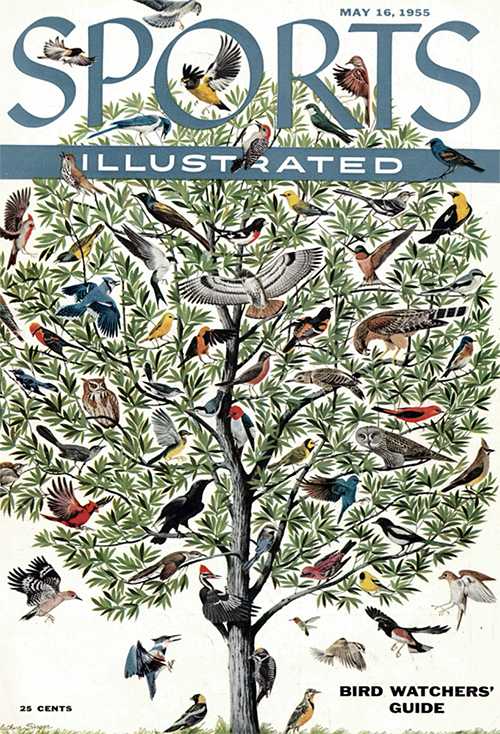

 to wit:
to wit: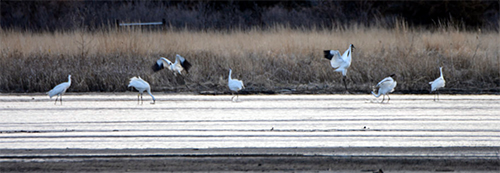
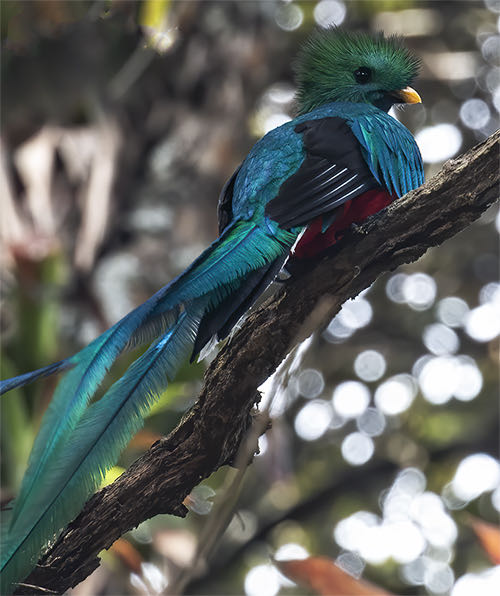
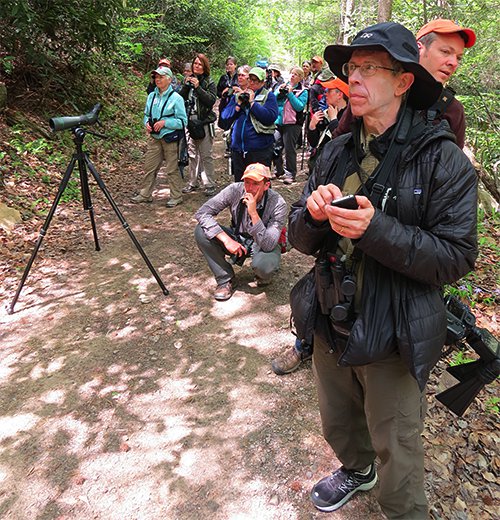
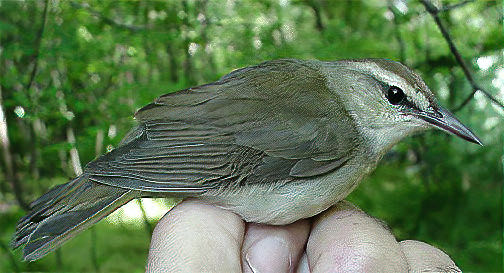
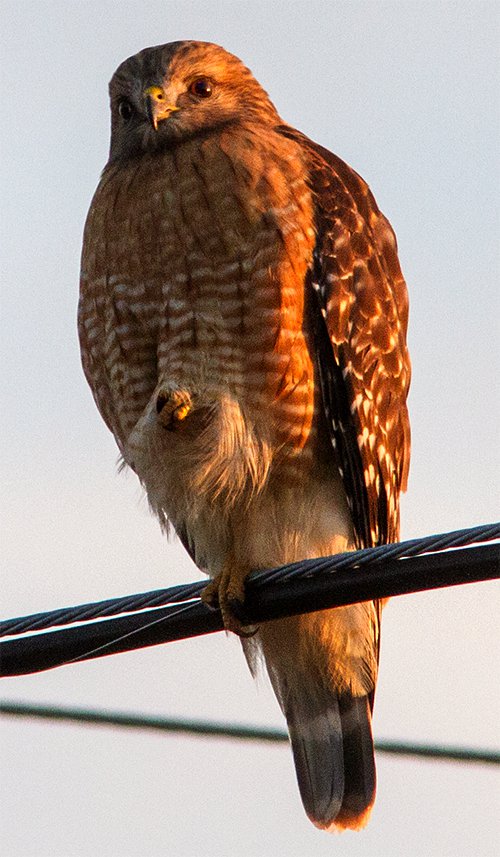

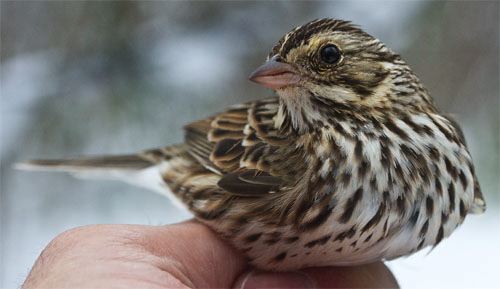

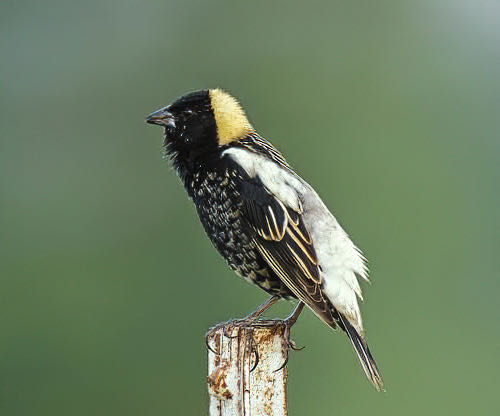










 Oct 15 to Mar 15:
Oct 15 to Mar 15: